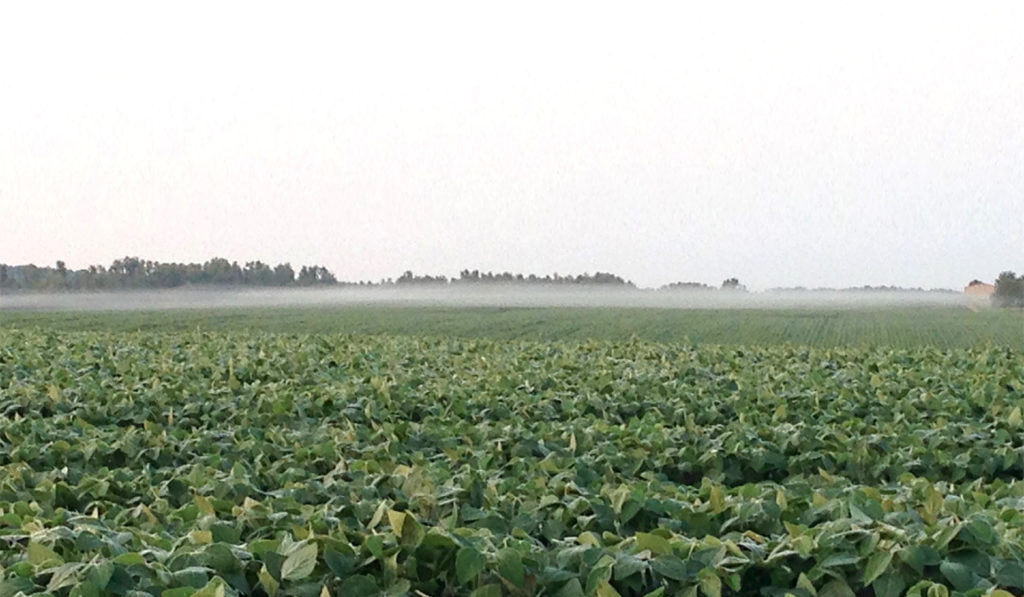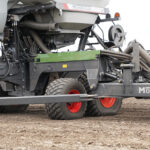How to Spot a Temperature Inversion
Just because it’s calm and clear doesn’t mean it’s a safe time to spray the new dicamba formulations. Here are tips on how (and why) to recognize temperature inversions.

How to Spot a Temperature Inversion
Just because it’s calm and clear doesn’t mean it’s a safe time to spray the new dicamba formulations. Here are tips on how (and why) to recognize temperature inversions.When Kevin Bradley investigated what the weather was like on days when dicamba drift damaged various crops in Missouri last June and July, he discovered a big connection with calm days. Just based on wind speed, those days would have been within the label requirements of the new dicamba formulations now registered for use in the 2017 season. So why the drift damage with no wind?
Bradley, the state Extension weed specialist, and fellow scientist Mandy Bish had set out special sensors two years before to monitor temperature inversions—those instances on calm, still nights and early mornings when the air at ground level is colder and denser than the air immediately above it.
Turns out the inversions on those non-windy days were a huge factor during the 2016 season, he says. The dates matched up with dicamba drift damage incidents. That meant that fine droplets of deposited dicamba were suspended just above the ground in the cool air and then were transported horizontally (sometimes for miles) before dropping on and causing damage to sensitive targets.
“In the morning before temperatures rise 3-4 degrees, those small droplets—maybe less than 100 microns in size—they just kind of hang in the air in the absence of a breeze,” says Mark Hanna, an Iowa State University Extension ag engineer. That’s an important factor with growth-regulator type herbicides because those droplets “kind of move in a cloud or a fog and can give off-site symptoms,” such as the cupping (curling) of soybean leaves or twisting, elongated stems and leaf petioles in tomato plants.
So, how can you tell if an inversion is happening?
Under clear to partly cloudy skies and light to no wind, a surface inversion can form as the sun sets and the earth’s surface cools. Ground fog may form in low-lying areas. According to Hanna, sometimes you can tell the conditions are right for an inversion—and not optimal for spraying some pesticides—if the dust on a gravel road that gets kicked up just hangs in the air above where it was disturbed.
To test for sure, Hanna says, an applicator can use smoke by burning a small amount of dry vegetation to see if the smoke dissipates or hangs low to the ground in a defined trail. If the smoke hangs in the air together then moves off slowly without dissipating—that’s what you don’t want, and you should not spray. That goes for the new, less-volatile dicamba formulations, too—they are not immune to the phenomenon.
As long as the skies remain clear and winds low, a surface inversion that forms in the evening will usually persist some 8 to 10 hours or more, often lasting into the morning, until the sun begins to heat the ground. If the surface temperature rises 3 degrees or more above the morning low, or the wind speed increases to more than 3 mph, spraying likely can begin again.
To see the video of Bradley explaining temperature inversions, the full version of this article and links to additional resources, go to http://agcocropcare.com/spot-temperature-inversion/.
Written by: Marilyn Cummins



